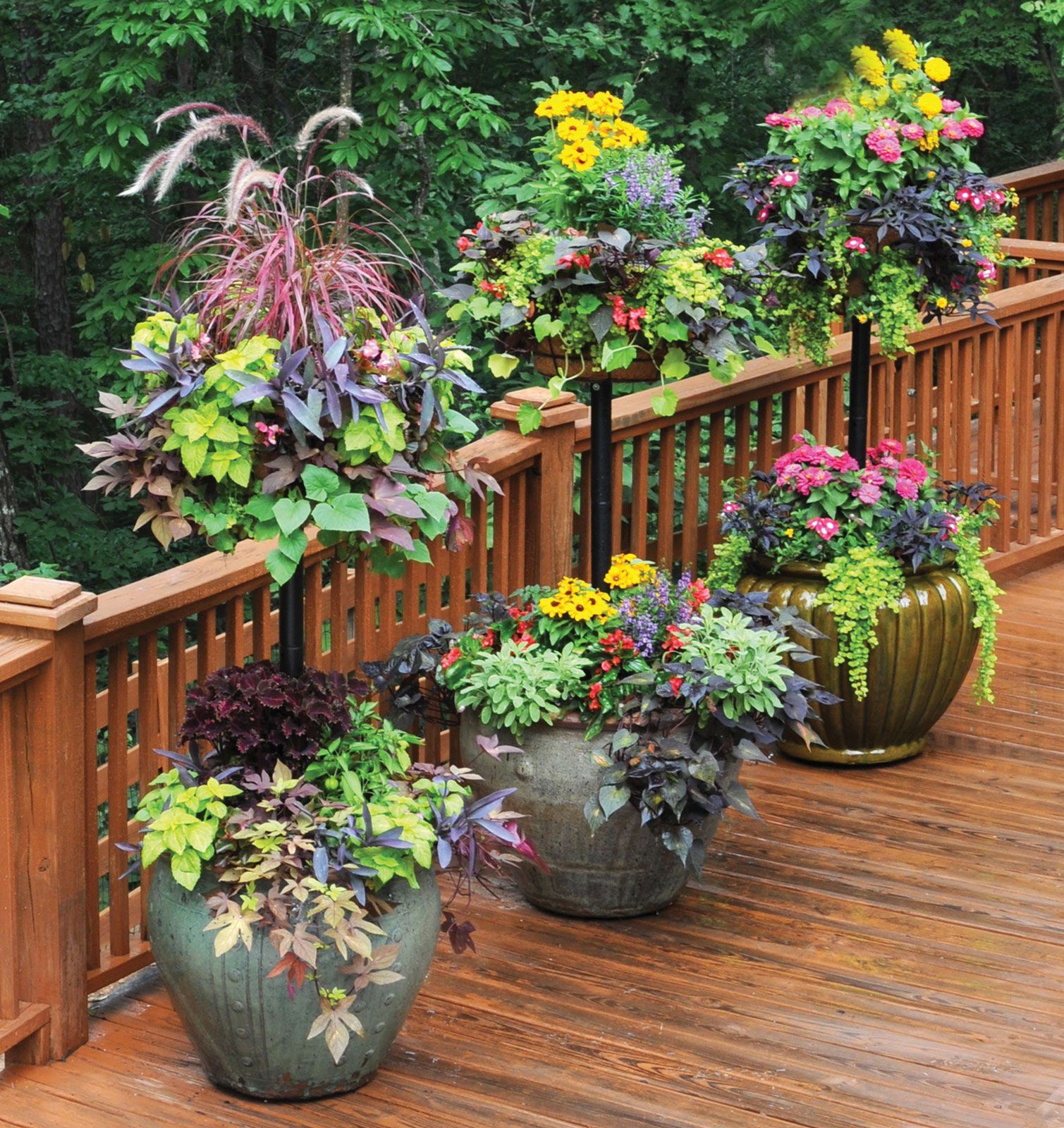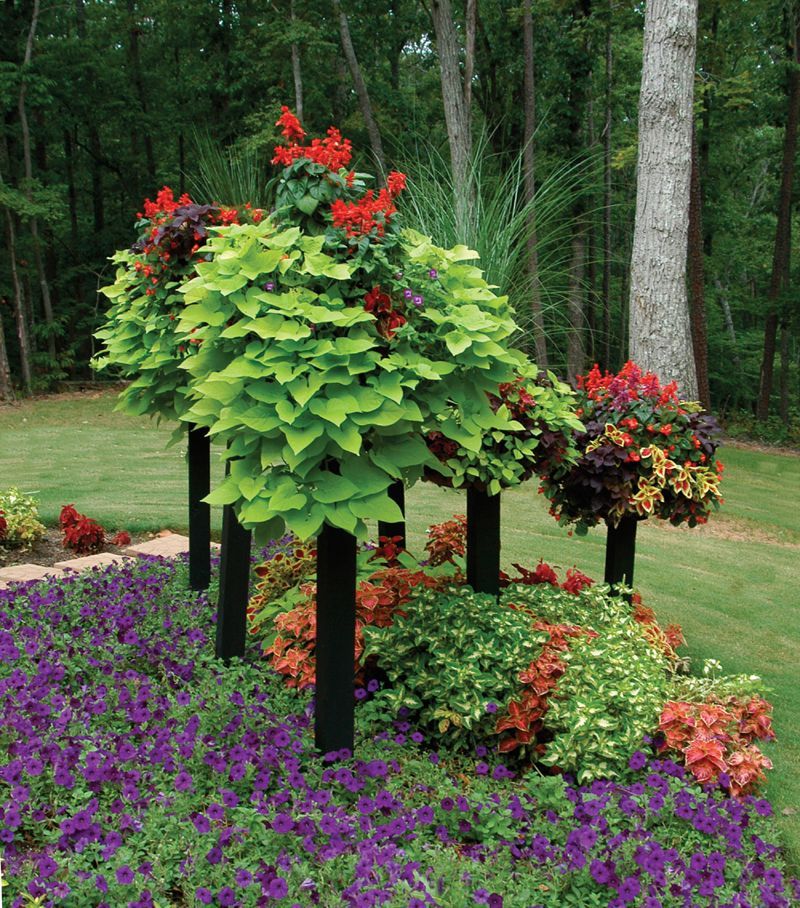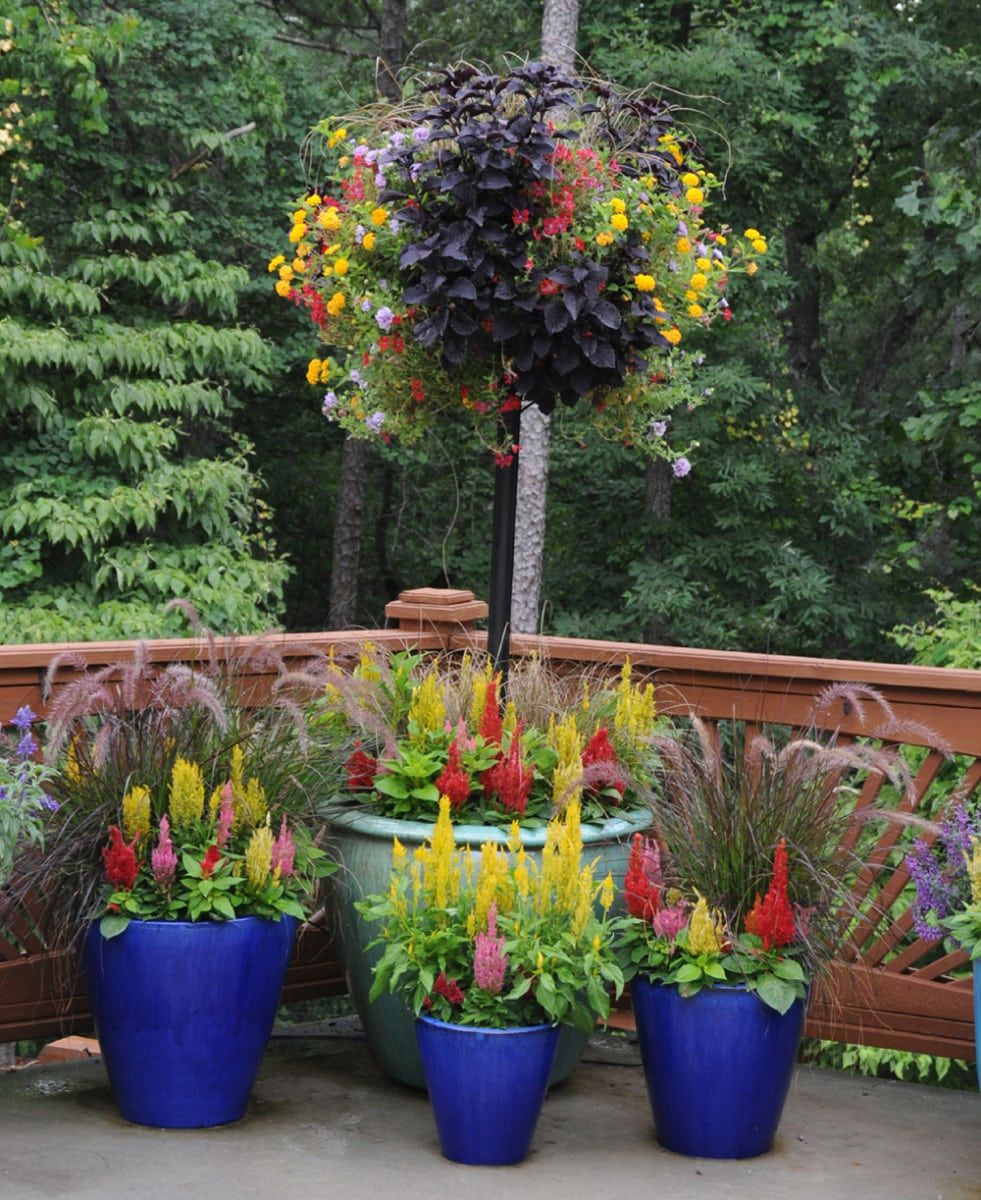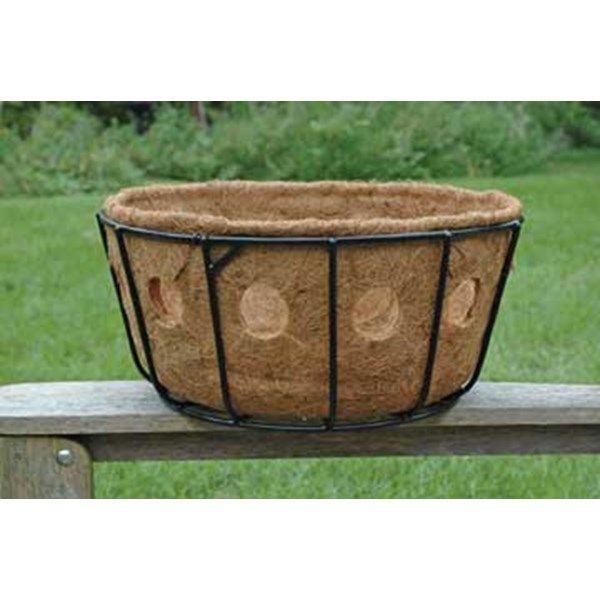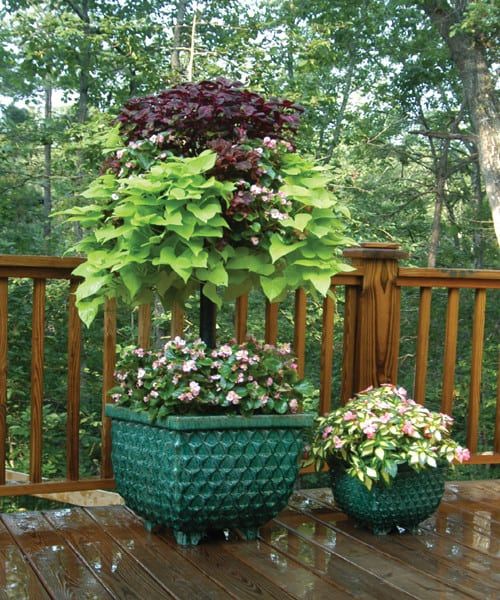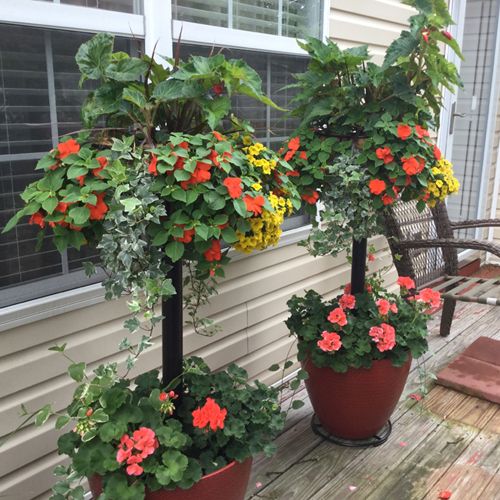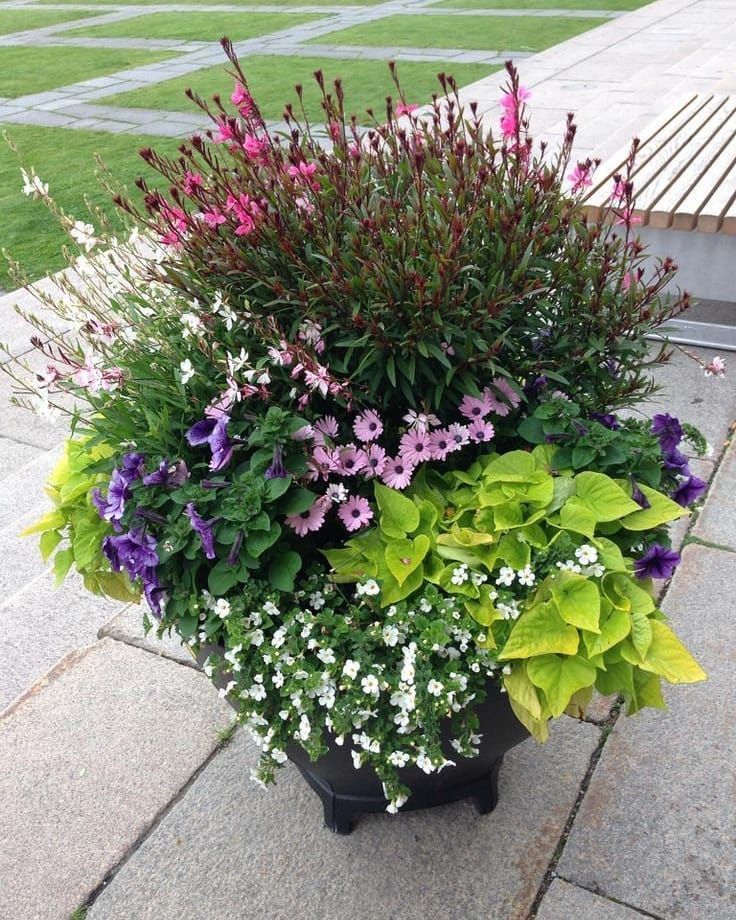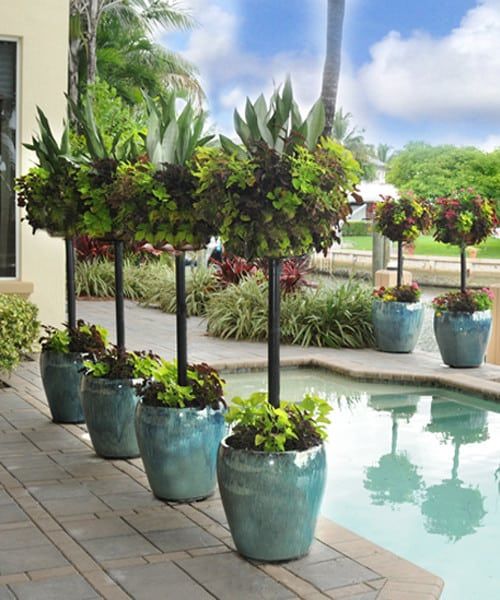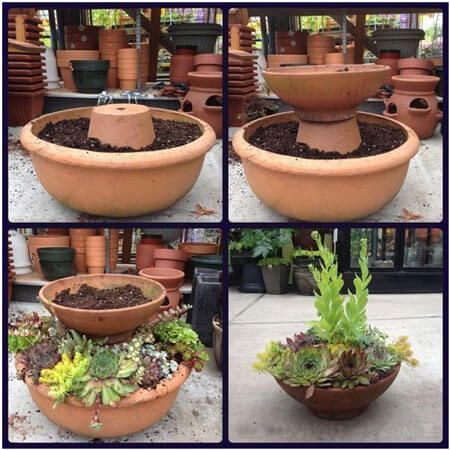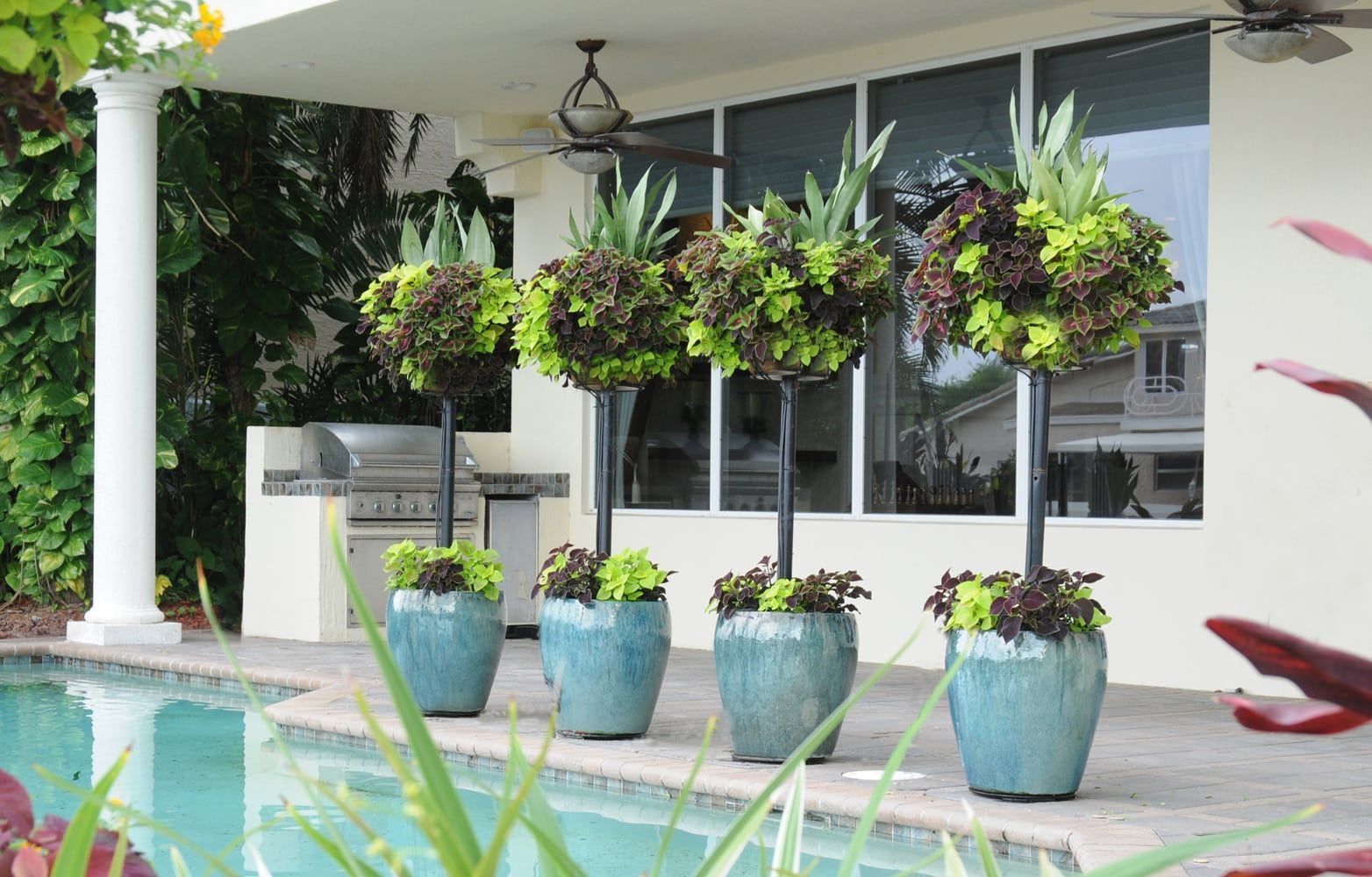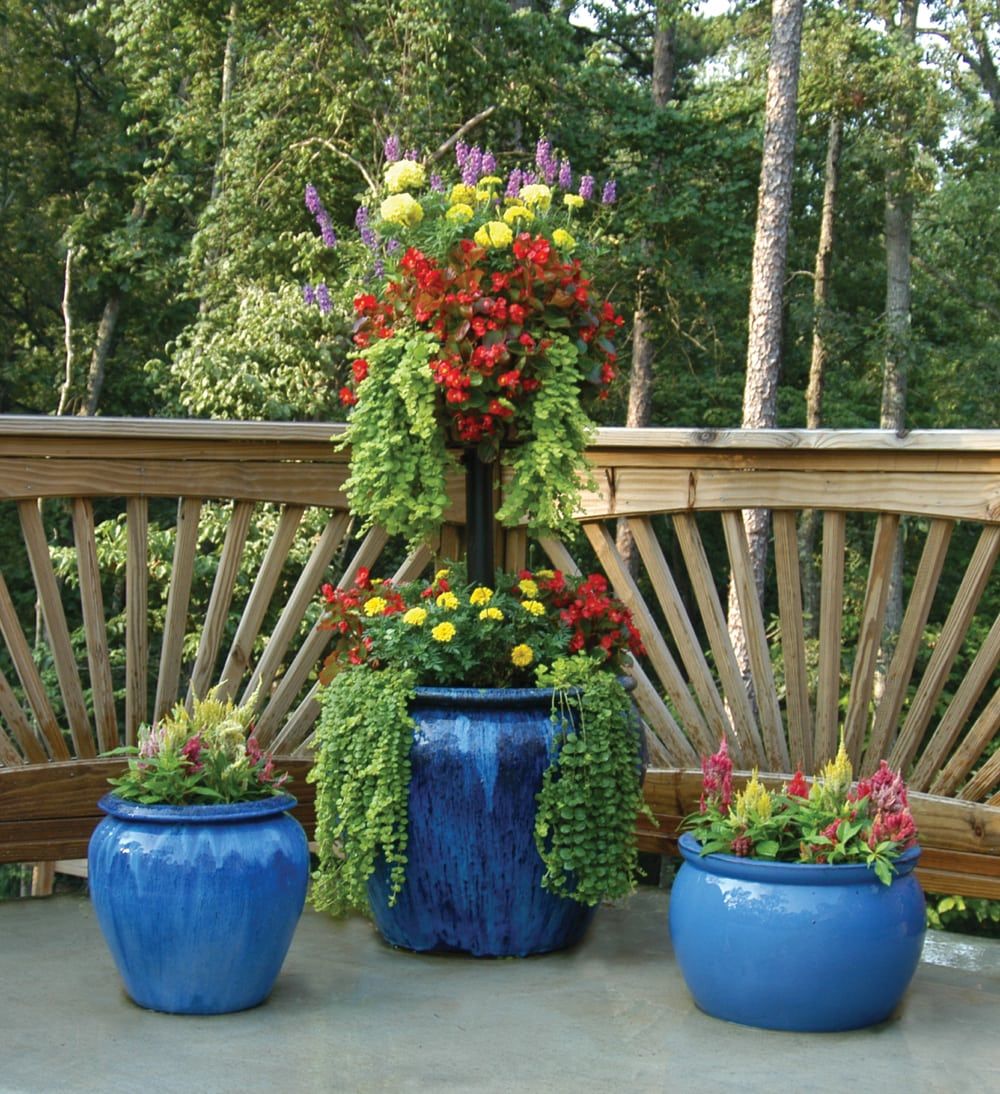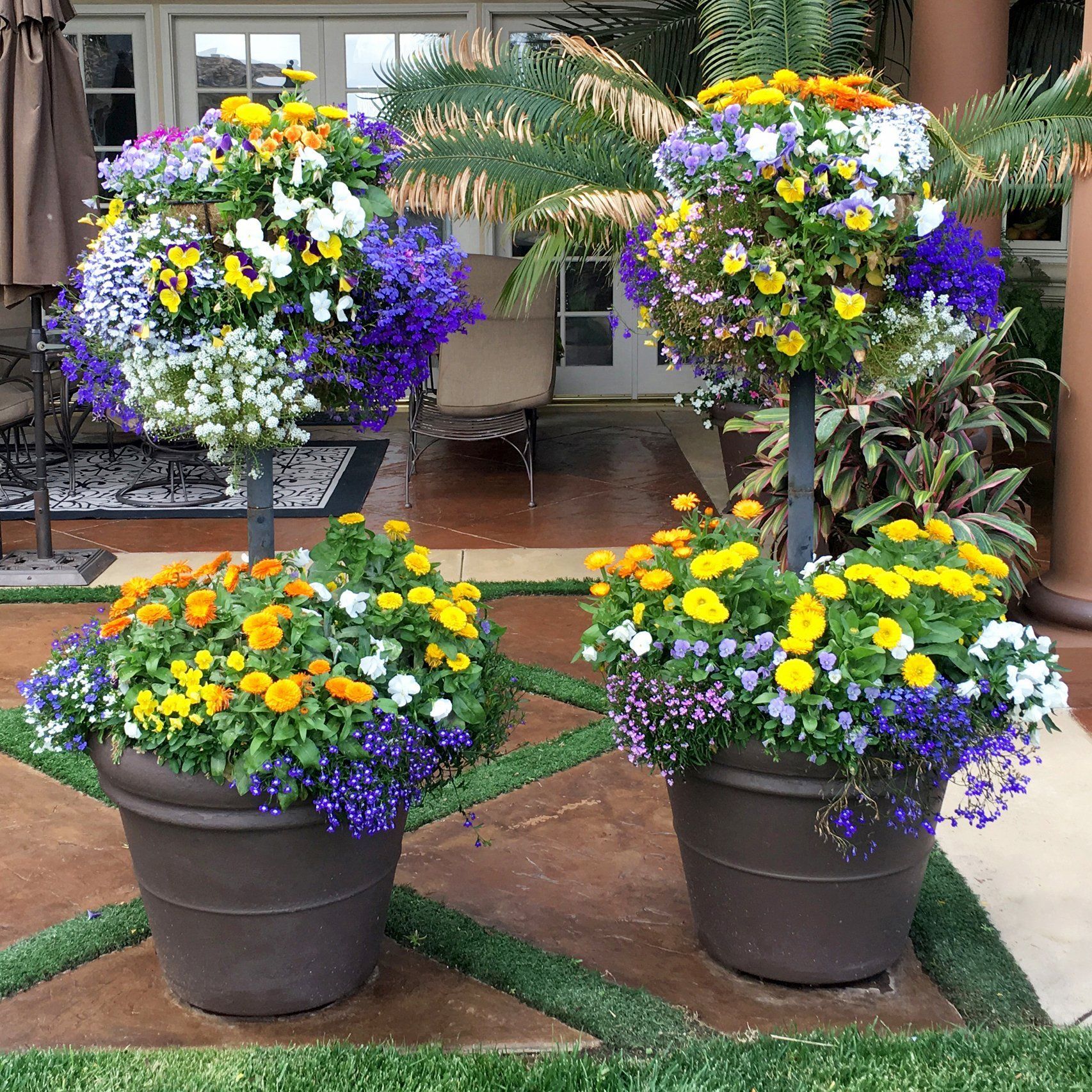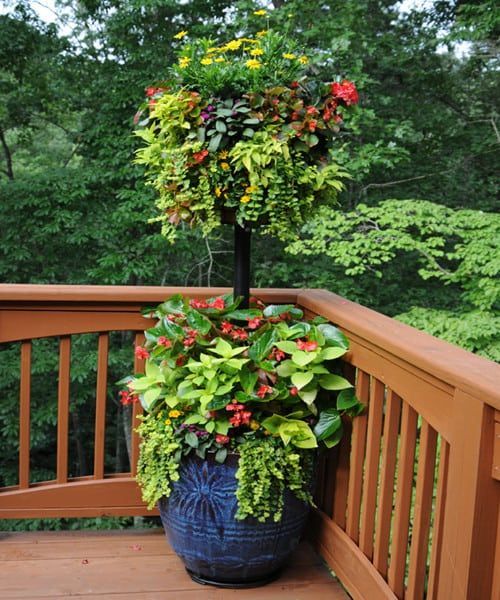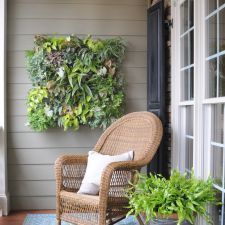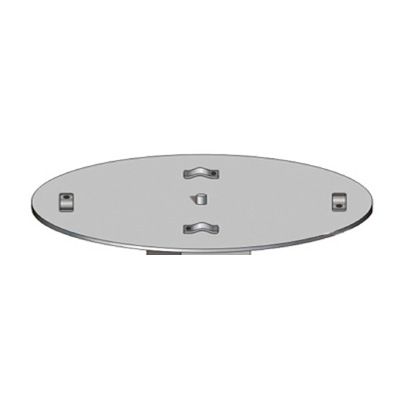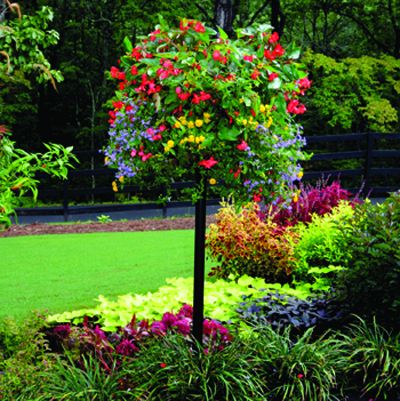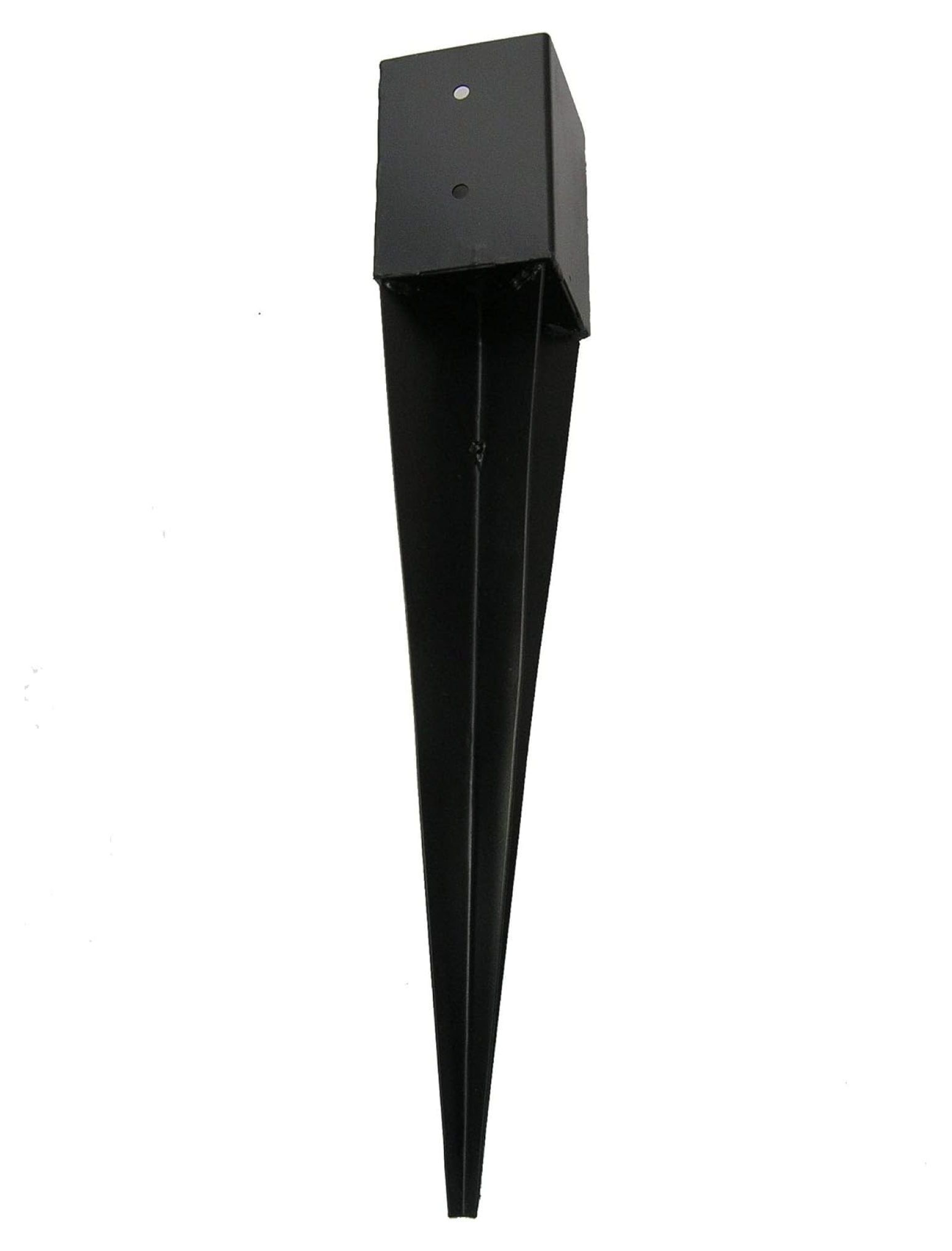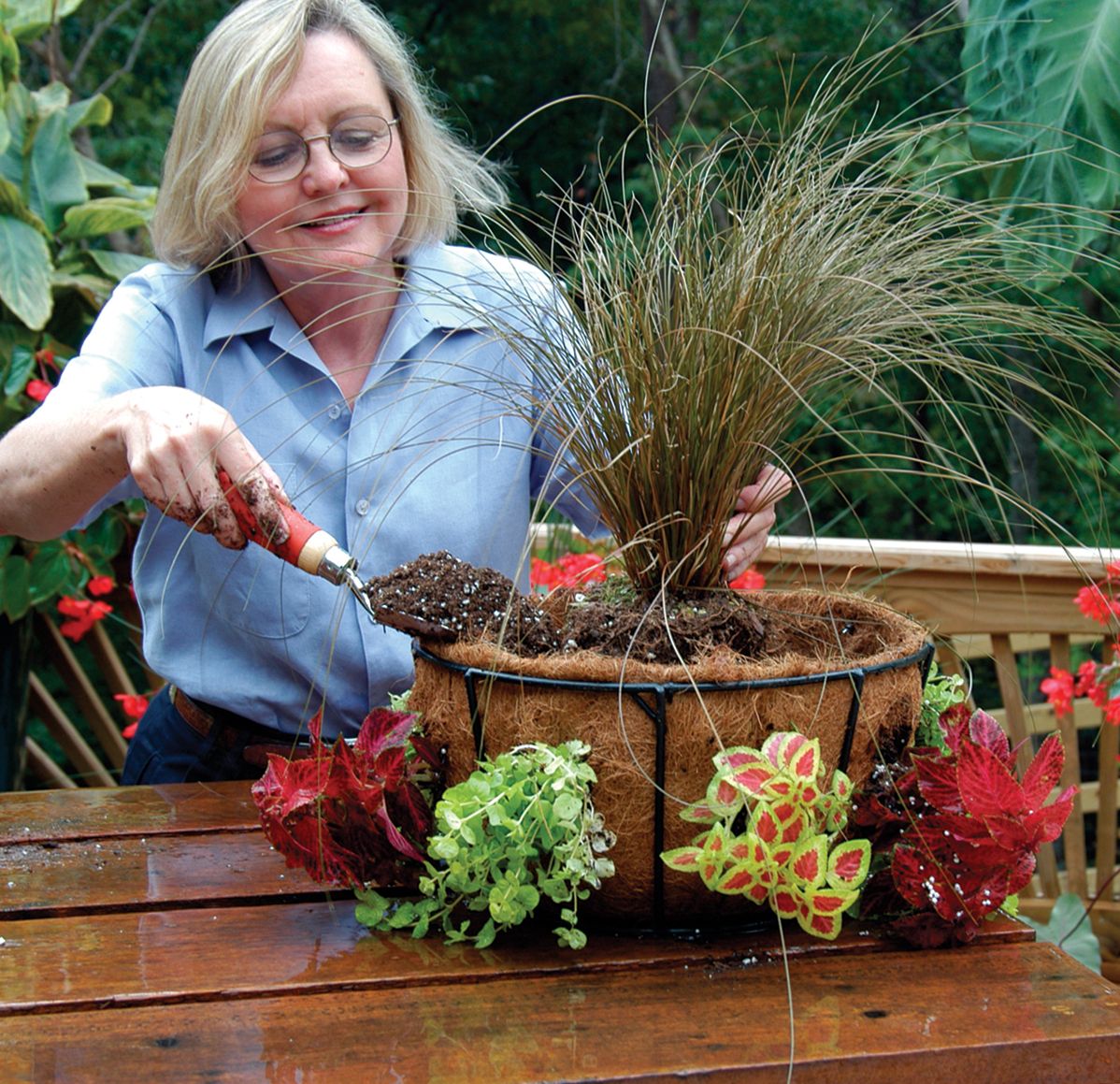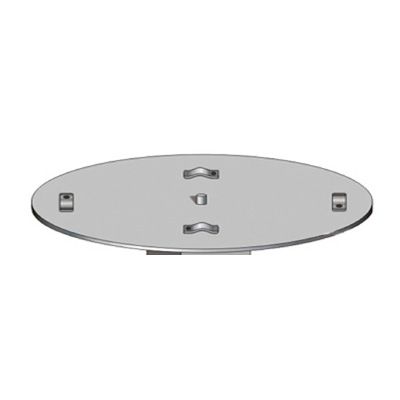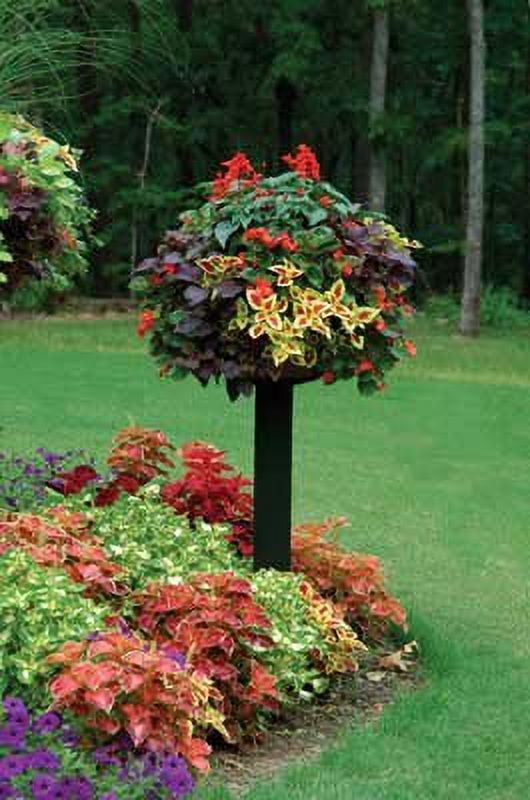Hey plant lovers. Welcome. You know, I’ve been gardening for what feels like forever, and one thing I’ve learned is that even the most beautiful setups can run into problems. Today, we’re going to dig into a very useful, yet occasionally frustrating, part of the gardening world: basket columns for big pots. These beautiful structures are great for adding height, visual interest, and extra planting space. But, they can also give you a headache if things aren’t working correctly. Don’t worry, though; we’ll get through this together. I’m here to offer you my expertise, not to sell you anything, just to help you succeed and enjoy your plants, and to make your gardening life easier, more enjoyable, and more fruitful.
Basket columns are just gorgeous, aren’t they. They transform boring spaces into vibrant, living sculptures. But, like any design, they have their quirks. From drainage issues to wilty plants, there are a few usual suspects when things go wrong. The good news is, most of these problems are easily fixed. This guide will walk you through the most common issues you might face and give you practical, actionable solutions. I’ll share real-world examples, explain the ‘why’ behind the problems, and offer you the tools you need to make your basket columns thrive. Let’s get started, shall we.
Drainage Dilemmas: Why Water Doesn’t Flow (And What To Do)
One of the biggest issues with basket columns is drainage. That’s because the plants in a basket column are often in a confined space, and if the water can’t escape, you’re asking for trouble, like root rot.
Here’s what to look for:
- Blocked Drain Holes: Make sure the holes at the bottom of your pots aren’t clogged. Sometimes, soil or roots can block the passage. Always make sure the drainage holes are clear.
- Soil That’s Too Compact: Heavy soil, packed too tightly, doesn’t allow water to drain properly. Use a well-draining potting mix. I often add perlite or vermiculite to improve drainage.
- Overwatering: This is a big one. Even with good drainage, too much water can cause problems. Always let the top inch or two of soil dry out between waterings.
Practical Tip: Check the drainage holes regularly, and repot your plants yearly. This is an important step to ensure the soil is not compacted and the roots are able to grow properly.
The Wilting Woes: Addressing Dehydration and Heat Stress
Basket columns are often in exposed locations, making them vulnerable to the sun and heat. The smaller soil volume in each basket can dry out quickly, leading to wilty, unhappy plants.
Here’s how to get around this:
- Choose the Right Plants: Select plants that can tolerate direct sunlight, such as petunias, calibrachoa, or trailing verbena.
- Watering Habits: Water more frequently, especially during hot weather. Consider using a self-watering system or a drip irrigation system to make life easier.
- Mulch Magic: Add a layer of mulch to the top of the soil. This helps retain moisture, and it also keeps the soil cooler.
- Strategic Placement: If possible, position your basket column where it gets afternoon shade, which helps protect the plants from the most intense sun.
Example: I had a basket column with impatiens that were always wilting in the afternoon. After switching to a part-shade location and watering twice a day, they bounced back beautifully.
Nutrient Needs: Feeding Your Basket Column Plants
Plants in basket columns have limited access to nutrients. The soil can quickly become depleted, and that’s why it’s important to feed them regularly.
Here’s how to keep your plants nourished:
- Fertilize Regularly: Use a balanced, slow-release fertilizer, or a liquid fertilizer every week or two during the growing season.
- Observe Your Plants: Watch for signs of nutrient deficiency, such as yellowing leaves or stunted growth.
- Soil Refresh: Every spring, consider replacing some of the topsoil in your baskets with fresh potting mix. This recharges the soil with nutrients.
Tip: If you use a liquid fertilizer, dilute it to half strength to avoid fertilizer burn.
Windy Worries: Stability and Support
Basket columns, especially tall ones, can be unstable in windy conditions. You don’t want your beautiful creation to topple over.
Here’s how to ensure stability:
- Choose a Sturdy Base: Make sure your basket column has a solid, stable base.
- Weight it Down: Add weight to the bottom of the column. You could use rocks, bricks, or even a concrete block.
- Anchor it: If the wind is a big problem in your area, consider anchoring the column to the ground. You can use stakes and ties.
- Plant with Care: Avoid very tall, top-heavy plants in windy locations.
Real-World Example: I once had a basket column that kept tipping over. After I added some heavy rocks to the bottom, it became much more stable.
Pest Patrol: Keeping Critters at Bay
Plants in basket columns can be vulnerable to pests. Because they are often close to the ground, or on a deck or patio, they’re easy targets.
Here are some ways to deal with pests:
- Inspect Regularly: Check your plants frequently for signs of pests, like aphids, spider mites, or mealybugs.
- Natural Remedies: Try using insecticidal soap or neem oil to control pests.
- Good Hygiene: Remove any dead or decaying leaves promptly.
- Introduce Beneficial Insects: Consider releasing ladybugs or lacewings, which are natural predators of many common garden pests.
Pro Tip: Always test any pest control product on a small area of your plant first to make sure it doesn’t cause damage.
Seasonal Shifts: Preparing for Winter (or Summer)
Depending on your climate, you’ll need to adapt your care routine as the seasons change.
Here’s what to consider:
- Winter Protection (for cold climates): Bring tender plants indoors before the first frost. Or, protect your basket column by wrapping it with burlap or moving it to a sheltered location.
- Summer Care (for hot climates): Increase watering frequency, provide shade during the hottest part of the day, and monitor for signs of heat stress.
- Pruning and Maintenance: Prune your plants regularly to encourage growth and remove dead or damaged foliage.
- Soil Replenishment: At the end of each season, replace the soil with fresh potting mix, and fertilize your plants to set them up for the next season.
My Experience: In my area, I have to bring my basket columns inside during the winter. It’s a little extra work, but it’s worth it to enjoy the beauty of my plants year-round.
So there you have it. Troubleshooting basket columns doesn’t have to be a daunting task. By understanding the potential problems and applying the solutions we’ve talked about, you can ensure your plants thrive and your basket columns become stunning highlights in your outdoor areas. Remember to pay attention to drainage, watering needs, and nutrient requirements. Don’t be afraid to experiment and learn from your experiences. Gardening is a journey. Every season brings new lessons and new opportunities to grow. I hope these tips and examples have been helpful. Happy gardening, and enjoy the beauty of your flourishing plants.
